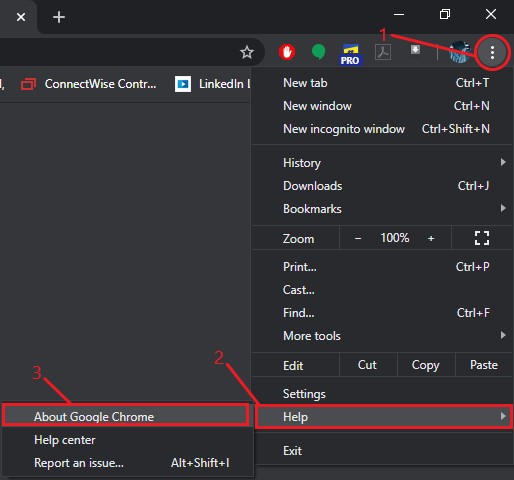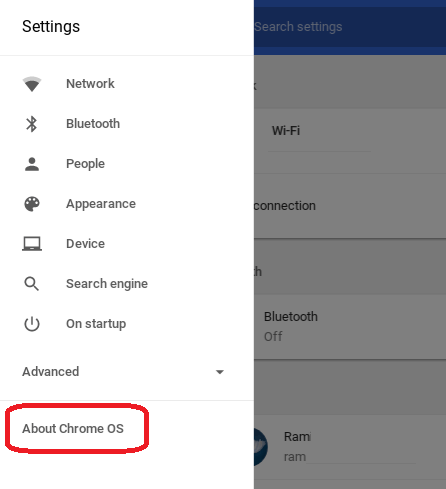
:max_bytes(150000):strip_icc()/001-how-to-update-chrome-4690369-2499fc8478114df0bffa767989a41924.jpg)
Again, for emphasis, the technique and solution outlined in this article is focused on fixing Google Chrome update problems in a Windows environment. The problem for home users and commercial users without a group policy system in place is that this group policy system sometimes hiccups and turns the automatic updating off. Since 2010, however, Chrome has included more advanced group policy settings intended to help network administrators streamline when/how Google Chrome updates when installed in a Windows enterprise environment. RELATED: What Are the SysInternals Tools and How Do You Use Them?īy default, Google Chrome automatically updates itself (and occasionally reminds you to restart the browser to apply those updates if it has been awhile since you’ve completely shut the application down). Why do you want to mess around with the update function and Why do you even have to in the first place? Although updating any software always runs the risk (however small) of breaking something, web browsers are a tool you want to keep as up-to-the-minute updated as possible so you can minimize the threat of zero-day exploits and security holes. The CEA helps resolve any issues between signed certificates.There are two pertinent questions to address in this section.



Some older TLS versions are now out of date and require legacy management to remain secure. Open Google Chrome then and click the three dots at the top-right corner of the browser. Legacy TLS Deprecation Configuration: Primarily deals with TLS security settings.Intervention Policy Database: Pushes policies and settings to local devices.


 0 kommentar(er)
0 kommentar(er)
